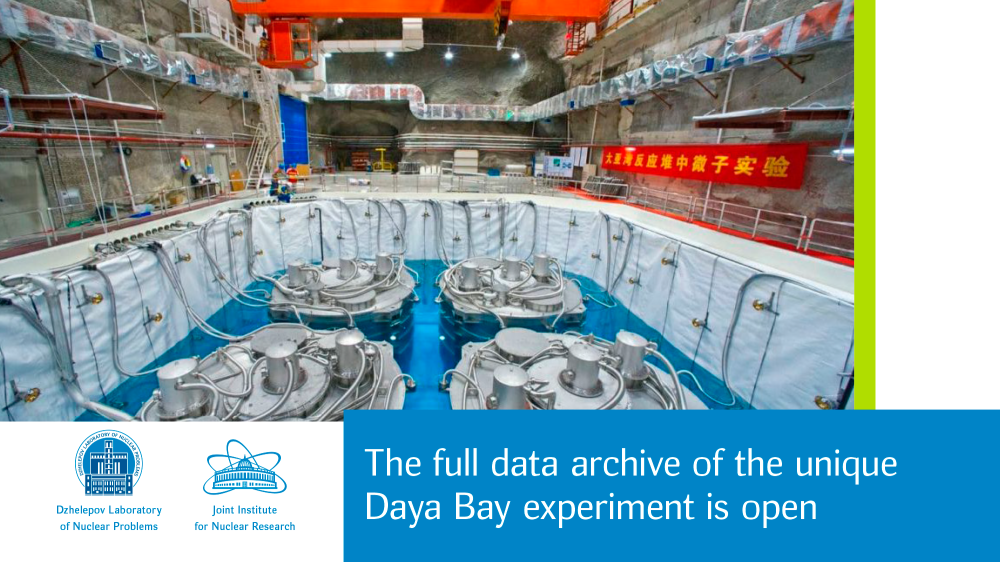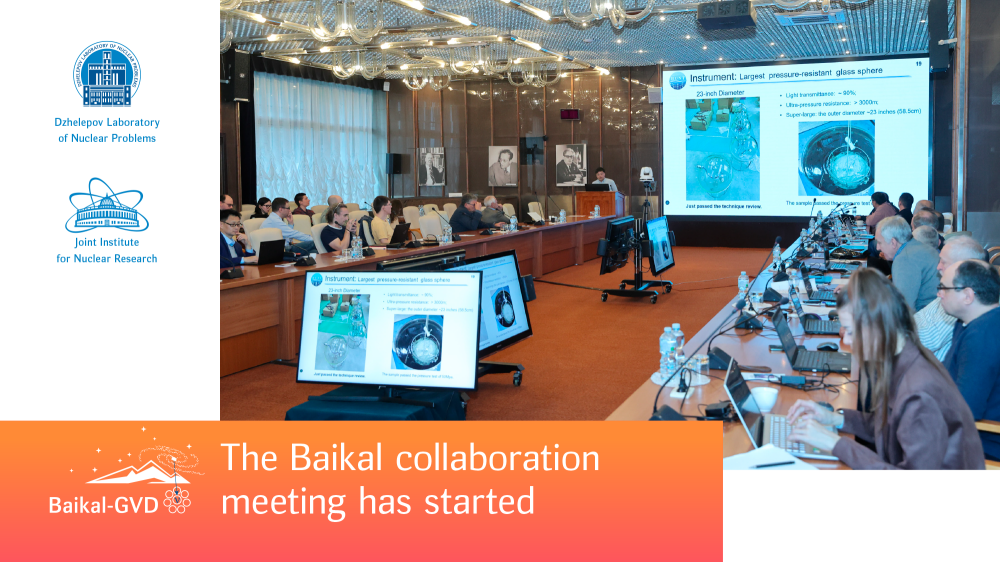No significant evidence of the X17 boson found

Although the anomaly was measured independently by another group at the University of Hanoi, all these measurements have been performed using the same detection scheme, making it hard to evaluate the weight of possible systematic effects. The MEG II experiment at PSI uses the same lithium-to-beryllium transition to calibrate its liquid-xenon calorimeter and can provide an independent measurement in a wider angular acceptance with a different experimental technique. After a successful data-taking run at the beginning of 2023, the signal box was unblinded and the result is now public.
No significant excess was found in the signal region and an upper limit of 1.2×10-5 was set on the branching ratio to the X17 boson at a 90% confidence level, to be compared with the 6.0×10-6 branching ratio measured at ATOMKI, meaning that the hypothesis of an X17 boson is rejected at a 94% level.
There are the following staff members of our laboratory who participate in the MEG II experiment: K. G. Afanasiev, N. V. Khomutov, V. L. Malyshev, N. P. Kravchuk, V. A. Krylov, N. A. Kuchinsky, A. M. Rozhdestvensky.
Based on the material of the website https://www.psi.ch/de/node/66431/newsletter and The MEG II collaboration, Preprint at arXiv: 2411.07994 (2024) DOI: 10.48550/arXiv.2411.07994






